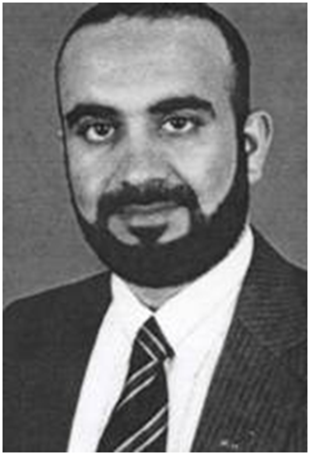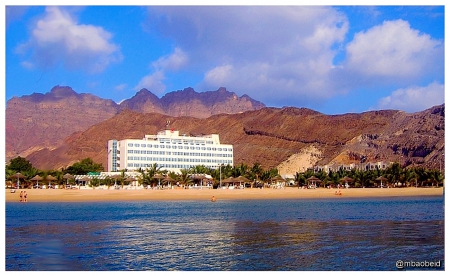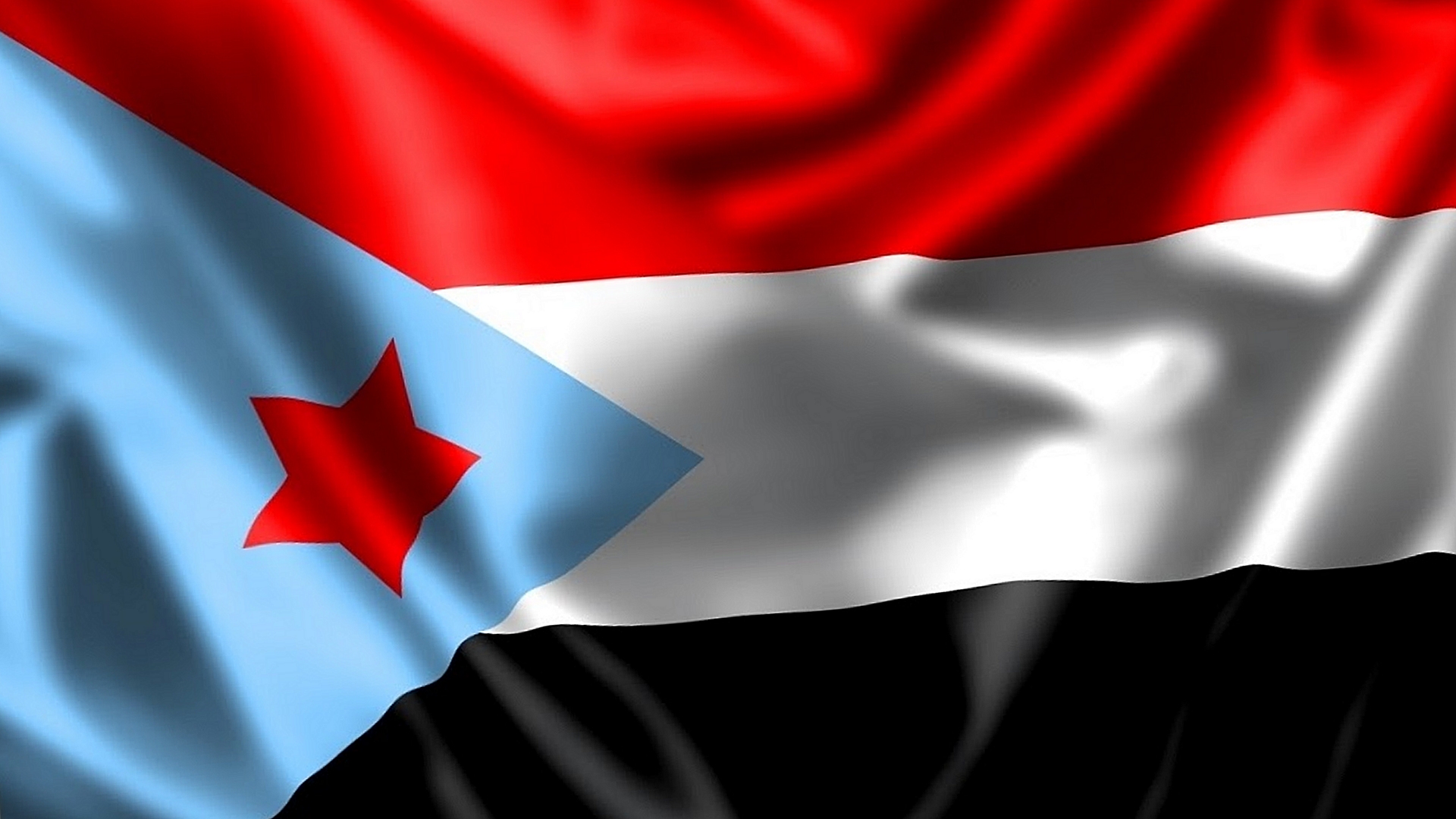Mary Anne Weaver writes in The New Yorker that Washington has “mythologized” Osama bin Laden. She writes: “Each time the Clinton administration raises the stakes, and further enhances bin Laden’s prominence, more and more disaffected Saudis flock to join the kingdom’s military Islamist underground, of which bin Laden remains a central part. That is one of the most worrisome consequences of America’s obsession with one man.”
The obsession theme, and the parade of journalists and experts who would downplay bin Laden, al Qaeda, and the threat of terrorism is not new. In March 1997, The New Republic printed an article by Susan Ellingwood entitled “Hot Air” that mocked the Clinton administration’s attempts to strengthen airport security, calling it an absurd waste of money.
In August 1998, former CIA officer Milton Bearden penned an op-ed in The New York Times arguing that Osama bin Laden has been “blown out of proportion.”
“One might argue that the following of Osama bin Laden that has been created by the romantic mythology has become more dangerous than the man himself,” Bearden writes.
In June 2000, writing in The Washington Post in response to the National Commission on Terrorism Report, former State Department counter-terrorism official Larry C. Johnson also says that more Americans have died from scorpion bites than from foreign terrorist attacks over the past five years, calling the Commission’s description of the terrorism threat “vastly exaggerated.”
In November 2000, Bearden and Johnson banded together to write in The Los Angeles that “American attempts to blast Usama bin Laden out of his Afghan redoubt have elevated him to levels of mystical power in the Islamic world.”
On May 31, 2001, Benjamin Weiser writes in The New York Times (“Trial Poked Holes in Image of bin Laden’s Terror Group”) about how al Qaeda is not all that fearsome. Osama bin Laden “loomed large” before the African embassy bombings trial, Weiser writes, “because so little was known about how he worked.”
“But the trial … made clear that while Mr. Bin Laden may be a global menace, his group, Al Qaeda, was at times slipshod, torn by inner strife, betrayal, greed and the banalities of life that one might find in any office.”
On July 10, 2001, Johnson was back in The New York Times: “The overall terrorist threat trend is down … Nor are the United States and its policies the primary target … The greatest risk clear: if you are drilling for oil in Colombia—or in nations like Ecuador, Nigeria or Indonesia—you should take appropriate precautions; otherwise Americans have little to fear.”


